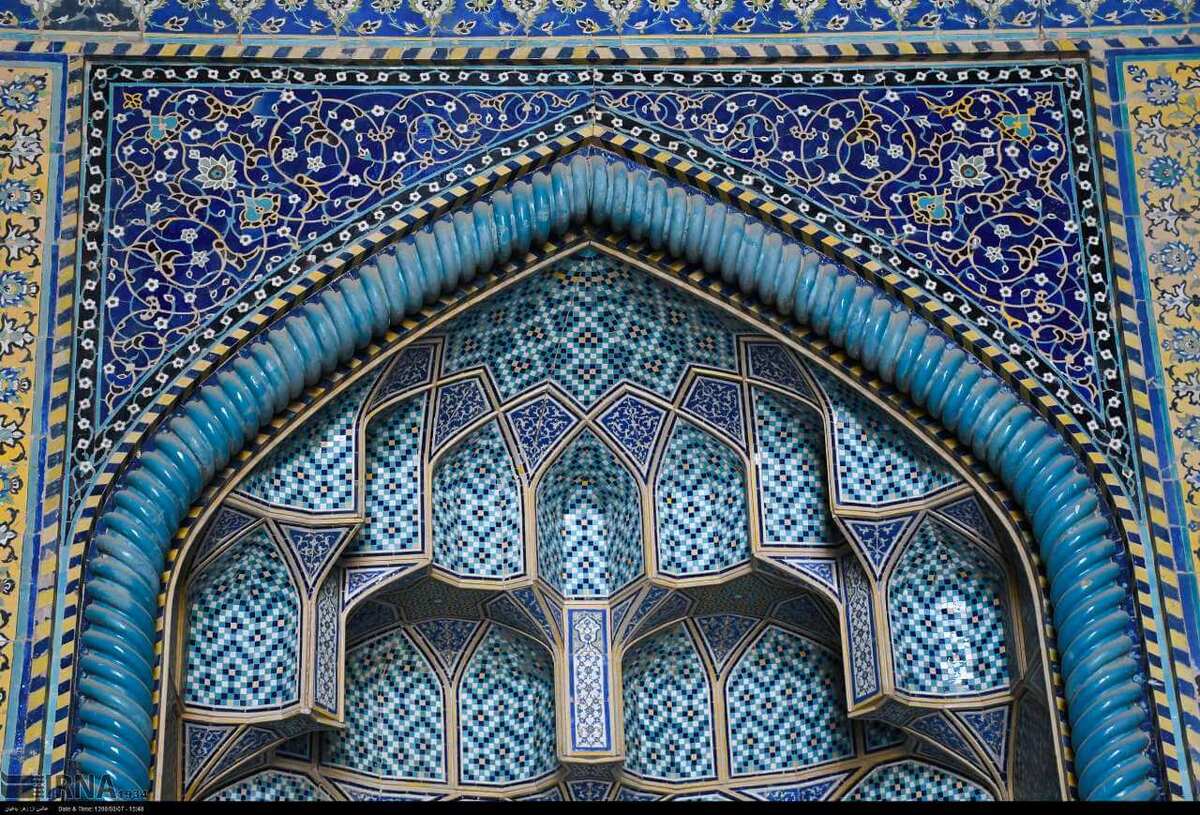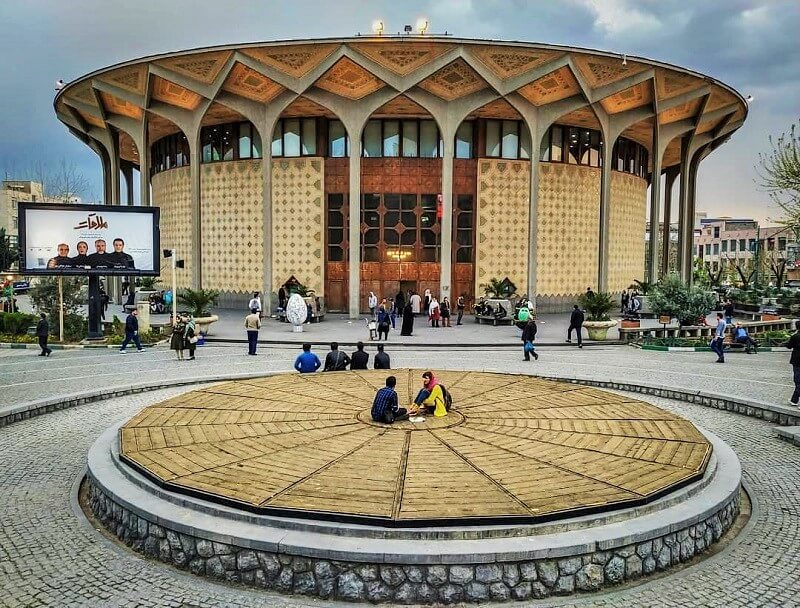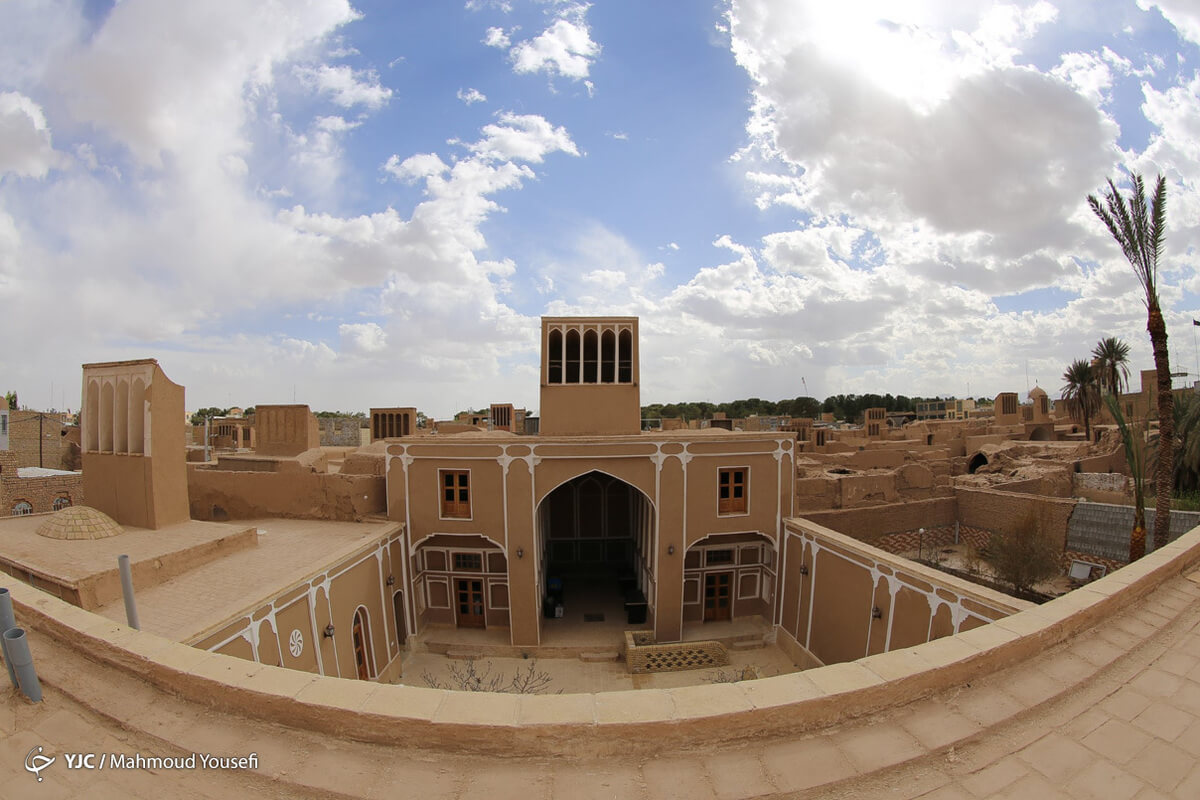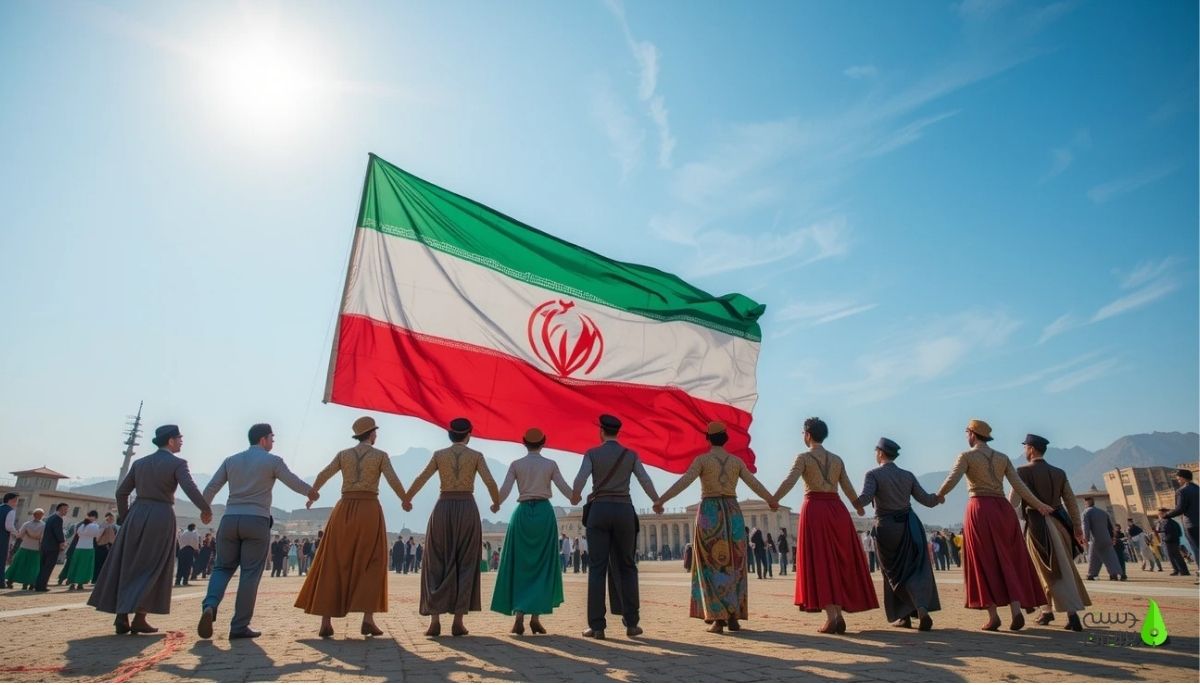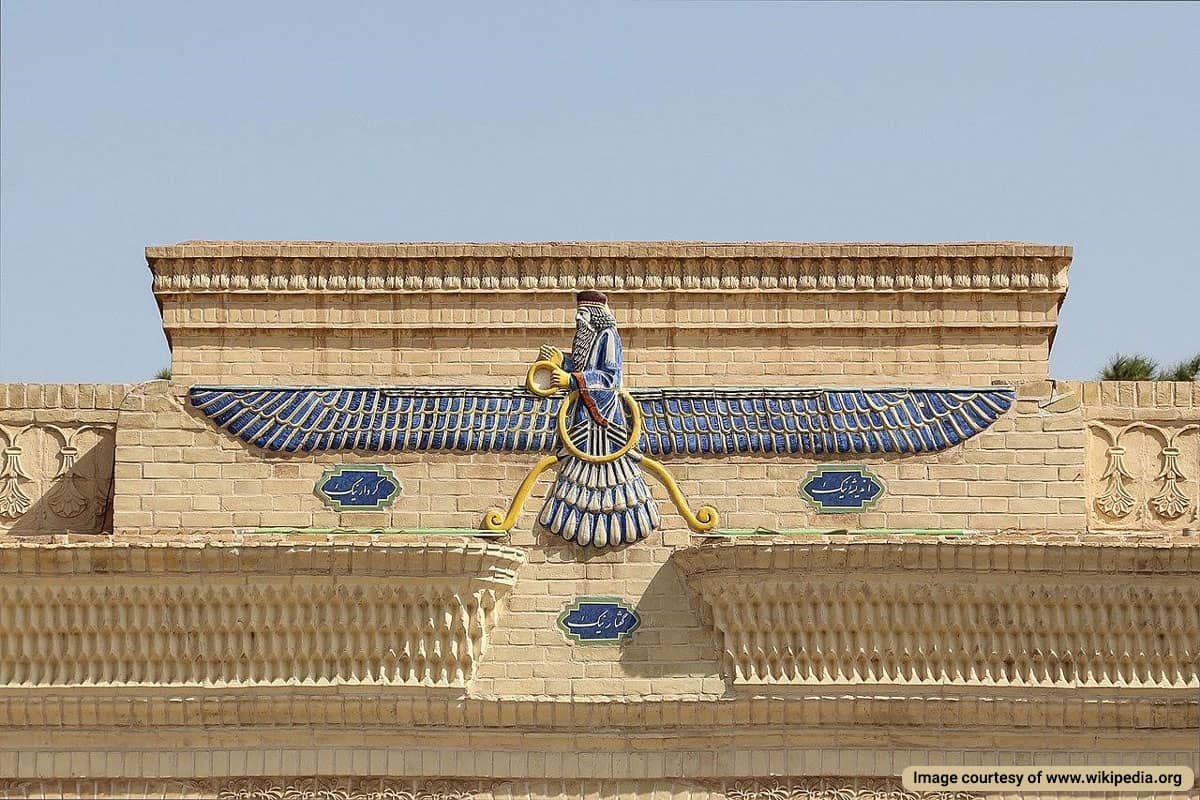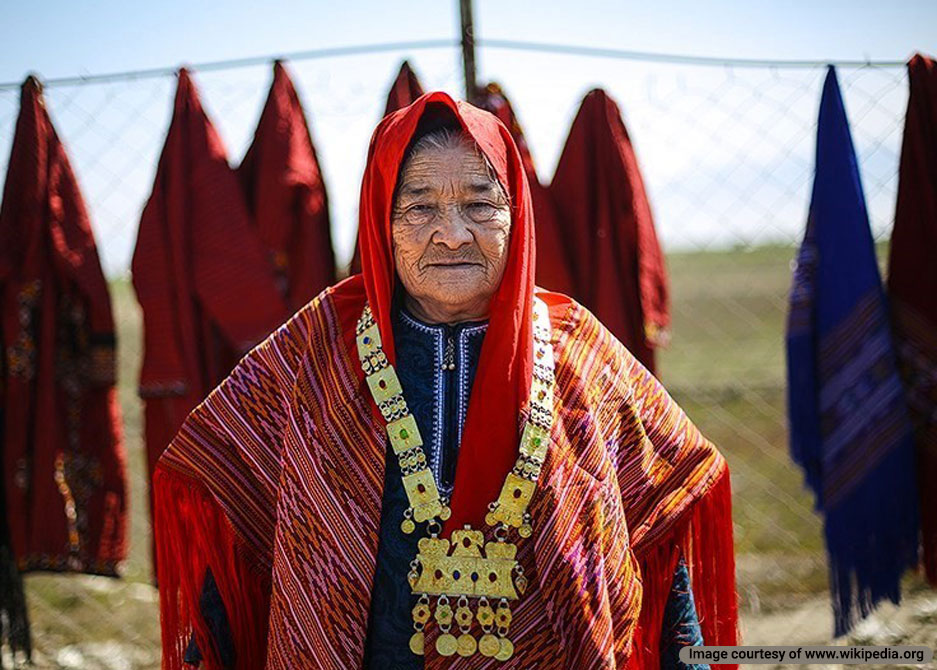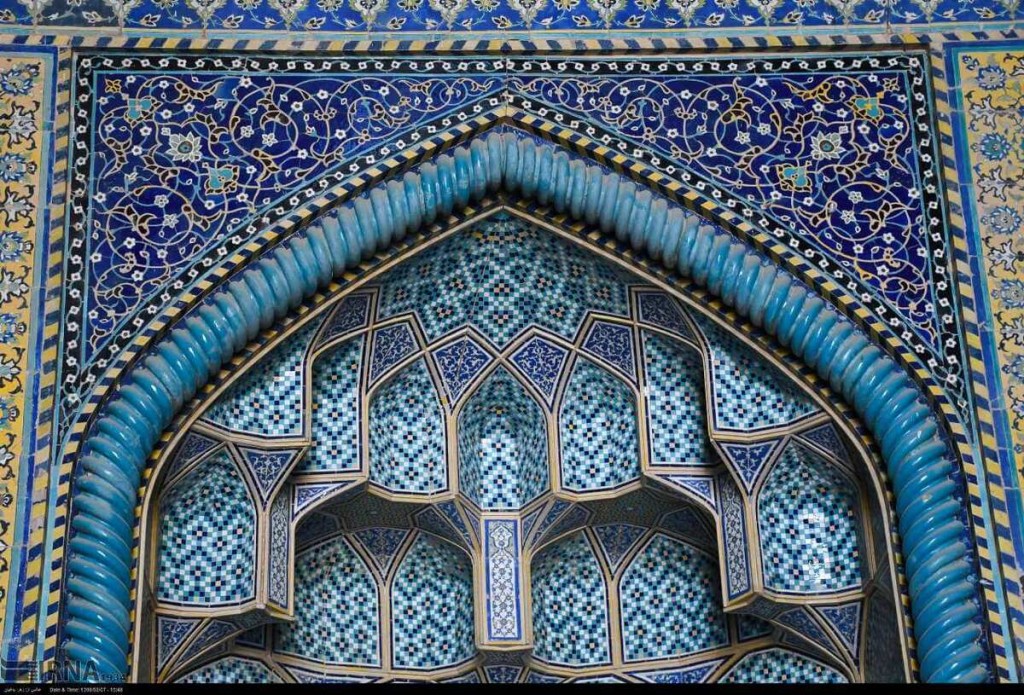
Tile working in Iran dates back at least to 1250 B.C, when Chogha Zanbil temple, a ziggurat, was constructed by Elamites near Susa. Later, during the Achaemenians, it was used as decorative art on the walls. Tile making has been going on till the present in various methods like luster-painted tiles, mosaic tiles, polychrome tiles, etc. Fortunately, the traditions and styles are still being used in restoring historical architectural sites.
The main constructional material, brick, has always been easily accessible and relatively cheap. It has been processed as sun dried or fired bricks. A layer of glaze on bricks has proved effective against moisture caused by rain or all agents. Glazed surfaces remain cold, do not absorb dust and are easy to clean. Moreover, they have helped the beauty of structures as colorful shining works of art.
The Early Tile Working in Iran during Post-Islam Period
There were also two kinds of glazing produced: alkaline glazing and lead-tin glazing. Finding out an appropriate proportion to produce each of them required a lot of experiments and experiences. Coloring the second type demanded some colorful additives. They were usually turquoise, green, blue, brown, black, yellow or dark purple colored.
The oldest tile works of the 11th century followed the style of combining turquoise rectangular glazed bricks on plain black backgrounds.
Then, the range of colors was extended until it included blue as well.
Seljuk Period
One of the early styles of tile working in Iran was to combine non-glazed and glazed bricks in a composition used on walls, ceilings, roofs or columns in the Seljuk period. Such bricks were made by mixing clay with sand containing essential minerals in various proportions in different parts of Iran. Bricks were once heated in kilns up to 750 C to be changed into solid light-colored ones.
Iranians became familiar with a different kind of tile work imported from China in the 12th century. So, they implemented a new formula to produce tiles consisting of Quartz, filler and an alkaline powder. When heated in a kiln, such mixture produced solid clay. Different proportions made various colors and textures. All the raw materials could have been found in central Iran.
Mosaic Work
The next reasonably evolutionary change in tile working methods ended up in mosaic tiles. The total design was divided into tinier single-colored pieces each cut from a colored glazed tile. The small pieces were fixed into their panels by adding a condensed chalk mortar on their backs. This method was made used for creating a painted design or portal inscription improved during Timurids. While Safavid and Qajar structures were built, architects extensively selected this method.
Polychrome Tiles
In another method, several colors were painted on or under glazed layers. It was more easily and rapidly done than the previous method. They did not have to cut the edges of each piece in a fixable manner.
The motifs like birds, flowers, arabesques, or animals were completely painted on one piece of tile and heated again. This method was abundantly used in the construction projects of Shah Abbas I.
Luster-Painted Tiles
This is a method of tile working in Iran that started in the 12th century. It was the method of painting on glazed layers. The motifs were painted on a surface covered by silver and copper oxides as well as a mixture of sulfur, ocher, and vinegar. When put into a kiln for the second time, the said minerals were melted into the final glaze, the ocher was removed and a shining metal-like golden color was left on the tile.
There were also different other methods for making tiles peculiar to various regions or periods. But the significant tiles made in Iran are those mentioned earlier.
The colors produced were different from area to area depending on several factors like the accessibility to certain minerals or raw materials, masters’ tastes, purposes of designs, etc. The traditional motifs were all through history revived into new forms or repeated.
During the 19th century, under European influence, new patterns were painted on tiles unfamiliar to the Iranian culture. But, of course, Iranian artists created them and took tile working in Iran one step further ahead.





